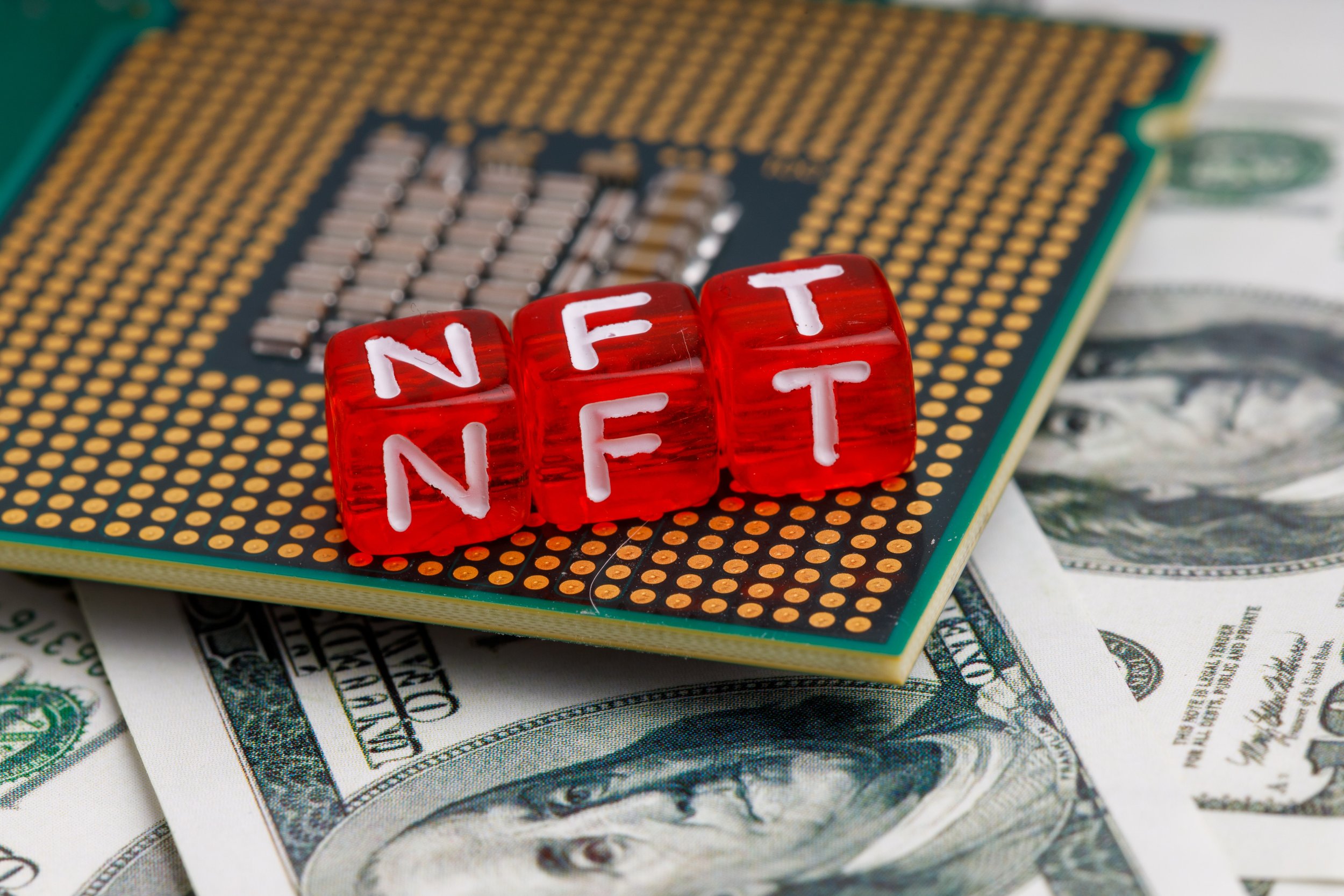Getting started with NFTs
Getting started with NFTs
A couple of years ago the mere mention of the words “Non Fungible Token” would have been met with a blank stare of incomprehension from most people. More than that, they wouldn’t even be able to guess what the word “fungible” meant.
But the blockchain age has changed all that. People are now very aware of what NFTs are – high profile art sales have seen to that – even though many may just know the acronym now without fully understanding the wide range of objects that it can represent.
One thing that all NFTs have in common is that they have become highly collectible with a strong element of speculation included. Buyers hope that the value of their investments will see the sorts of meteoric rises in value that cryptocurrencies have enjoyed, without the dips that have also become all too common.
Creating an NFT
While more people are likely to want to know how to sell an NFT they’ve bought than learning how to create one, this is important information all the same.
An NFT can take any number of forms. It can be a piece of art created digitally such as the ones that have been hitting the headlines for their huge sale prices. It can be a piece of music saved as an MP3 file. It can even be a clip of an iconic and history-making move in sport.
The one thing that all NFTs have in common is that they are unique and impossible to copy – and that’s where their value lies.
The fact that they are digital, and therefore intangible unlike, say, a classic car, a piece of sculpture or an item of jewelery, is what confuses many people about how they can have value.
But this is distinctly analog thinking in a digital world where the metaverse is steadily staking its claim on everyone’s online lives.
Putting an NFT into the blockchain
Once someone has created their NFT the next step is to put it in on a blockchain, a step which is called “minting”. The most commonly used blockchain is Ethereum and this is also the most usual cryptocurrency to deal in when buying or selling NFTs.
To put an NFT on the blockchain something called a “gas fee” is payable. The amount to be paid is calculated by the blockchain’s algorithm and largely depends on the number of people on it at that particular time. So canny NFT creators tend to choose the times of day when fewer other users are active on the blockchain.
There is an alternative to paying the gas fee and this is called “lazy minting”. In this, you put off paying the fee, and any commission due, until the NFT is dropped, or put on a marketplace for sale – which we’ll get onto shortly.
Before that, you will need to generate a token that you receive from the blockchain in question when you put your NFT on it. This then has to be safely stored in your crypto wallet ready for when it’s going to drop.
Selling an NFT
NFTs are sold through specific marketplaces. Often these specialize in the particular kind of NFT to be sold, for example some only feature sports memorabilia or antiques.
By putting the NFT on a relevant marketplace increases the likelihood of finding the right kind of buyer.
Pricing of NFTs is a rather imprecise art but it can help to do a little research into what similar items are selling for. Some sellers also add features such as free t-shirts and other items with sales as an extra incentive to buy.
The actual placing of an NFT on a marketplace is called “the drop”. Once this has been done, there are various different ways to sell. These include:
Fixed price
As the name suggests, the price of the sale is fixed, although most marketplaces do leave some room for haggling.
Timed auction
This will be familiar to anyone who’s ever used eBay or similar sites. Generally, a minimum price is set and the auction runs for a set time with the highest bidder at its conclusion getting the NFT.
Dutch Auction
Also called a declining auction, a starting price is set which gradually goes down until a first bid is received.
Unlimited Auction
The standard auction format which continues until the seller accepts a bid, believing they will receive no higher ones.
Buying an NFT
Buying an NFT is a relatively simple thing to do. Once one has been found on a marketplace it’s just a question of following the purchase instructions and transferring the appropriate amount of cryptocurrency or, in some cases, actual cash to the seller.
The buyer then receives the token associated with the NFT and it becomes theirs, to keep or sell on as they wish.
So, hopefully, this has given a good background to the world of NFTs. Now maybe it’s time to actually take the plunge.

